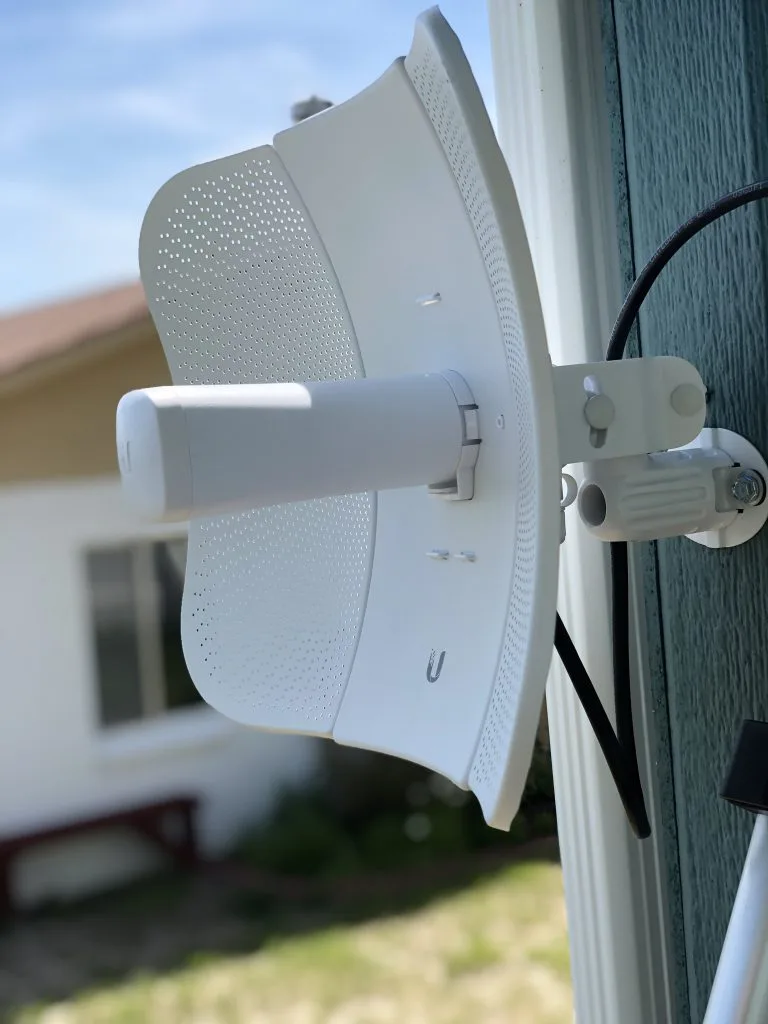Intellilink offers a range of high-performance, cost-effective point-to-point (PTP) radio solutions for a variety of applications, including long-range wireless broadband connectivity and backhaul. In this article, we will provide an overview of the steps involved in setting up a Intelikink PTP radio.
- Plan the deployment: The first step in setting up a Intellilink PTP radio is to plan the deployment. This will involve determining the location of the radios, the distance between them, and the antennae and mounting equipment needed. It is also important to consider any potential obstacles or interference that could affect the signal quality.
- Install the hardware: Once the deployment plan has been finalized, the next step is to install the hardware. This will involve mounting the radios and antennae at the designated locations, and connecting the radios to power and network cables. It is important to follow the manufacturer’s instructions and use the appropriate tools and equipment to ensure a secure and stable installation.
- Configure the radios: After the hardware has been installed, the next step is to configure the radios. This will involve using the web-based management interface to set the network settings, such as the IP addresses and subnet masks, as well as the wireless settings, such as the operating mode, channel width, and transmit power.
- Test the connection: Once the radios have been configured, the next step is to test the connection. This can be done by connecting a device to one of the radios and verifying that it can access the network and the internet. It is also important to test the signal quality and range to ensure that the connection is stable and reliable.
- Monitor and maintain the system: After the PTP radio has been successfully set up, it is important to monitor and maintain the system to ensure that it continues to operate at peak performance. This might include regularly checking for firmware updates, monitoring the signal quality and range, and performing regular maintenance tasks, such as cleaning the antennae and replacing any damaged or worn components.
In conclusion, setting up a Intellilink PTP radio involves several steps, including planning the deployment, installing the hardware, configuring the radios, testing the connection, and monitoring and maintaining the system. By following these steps and using the appropriate tools and equipment, it is possible to set up a high-performance, cost-effective PTP radio that provides stable, reliable wireless connectivity

